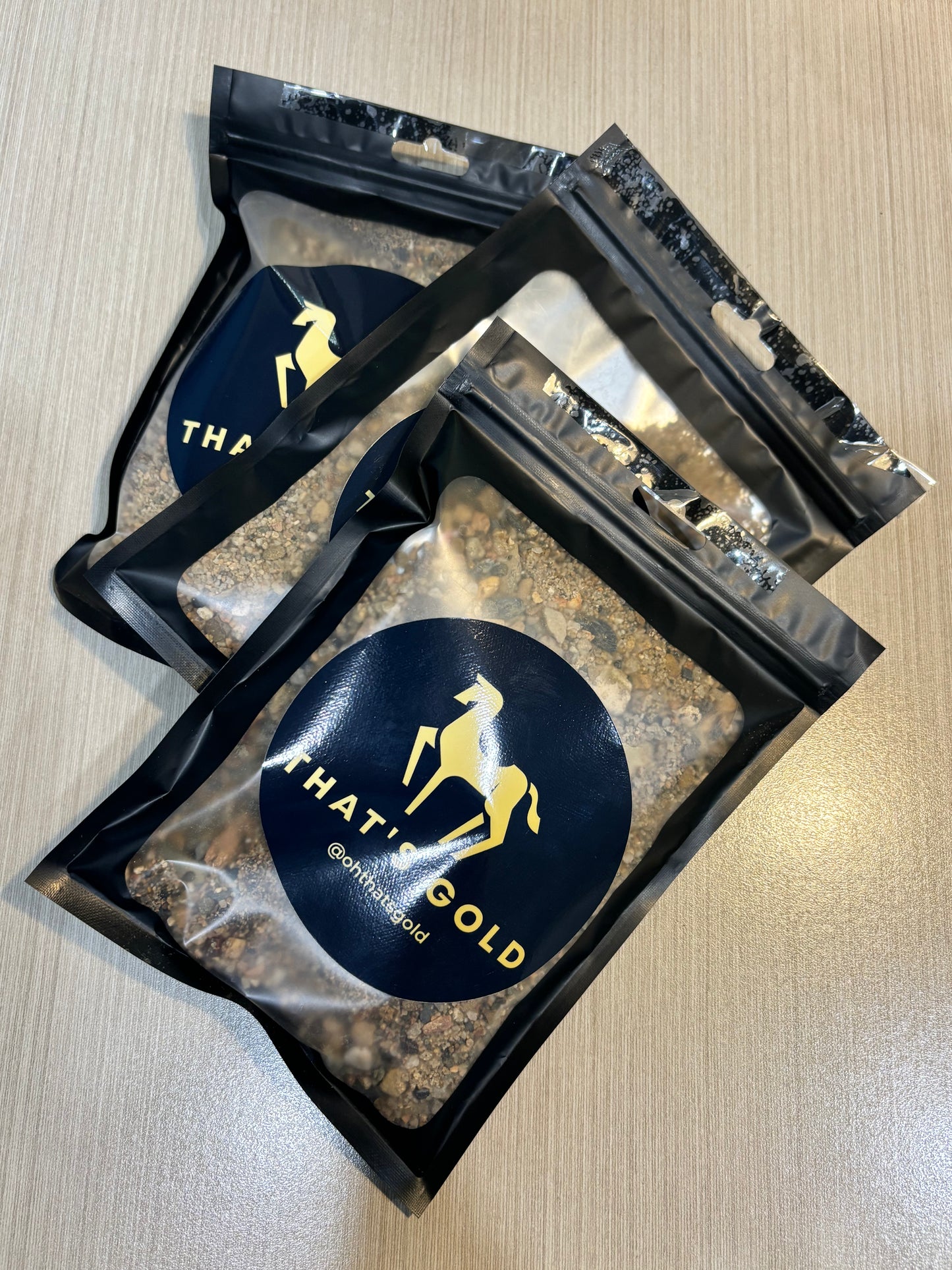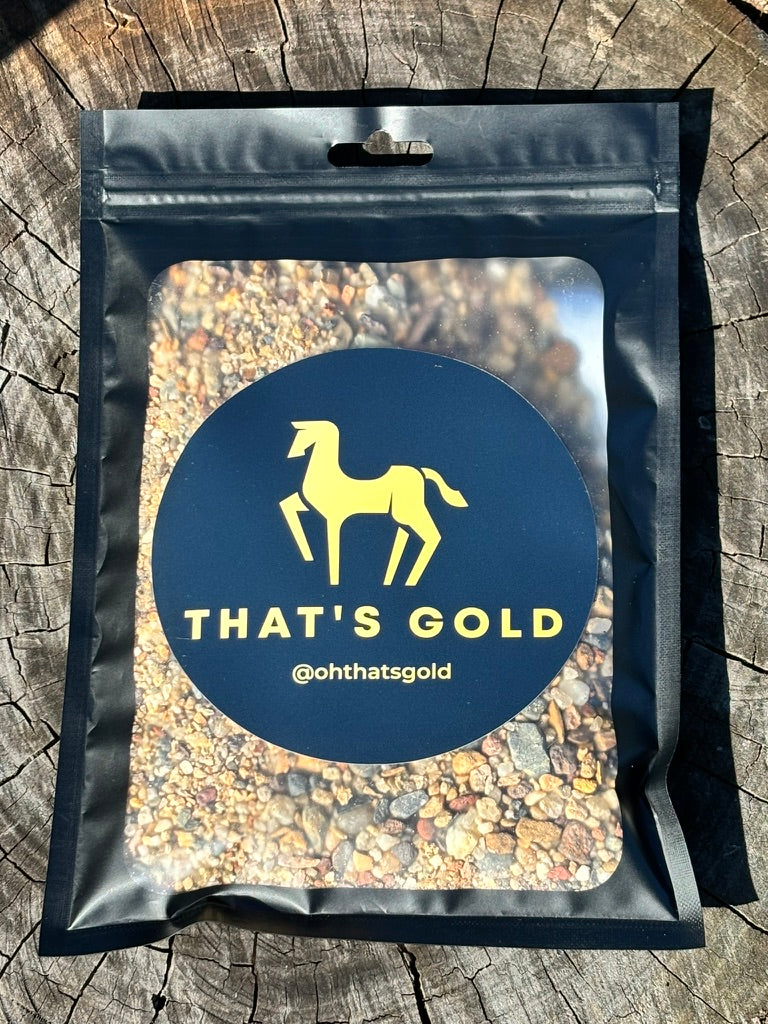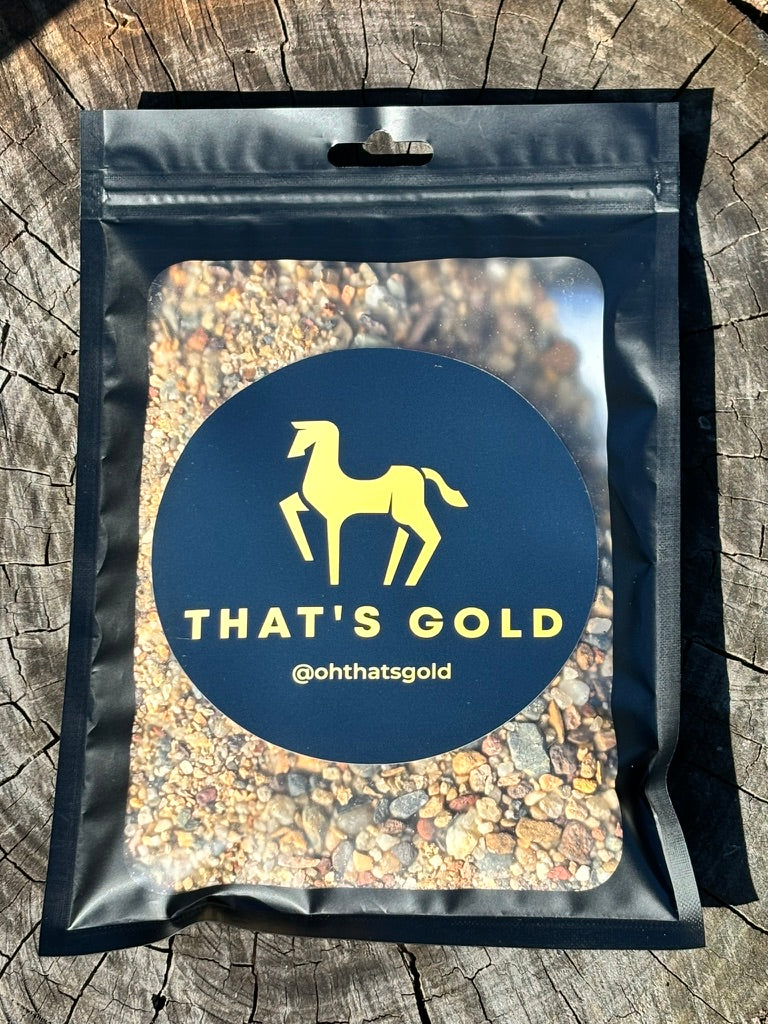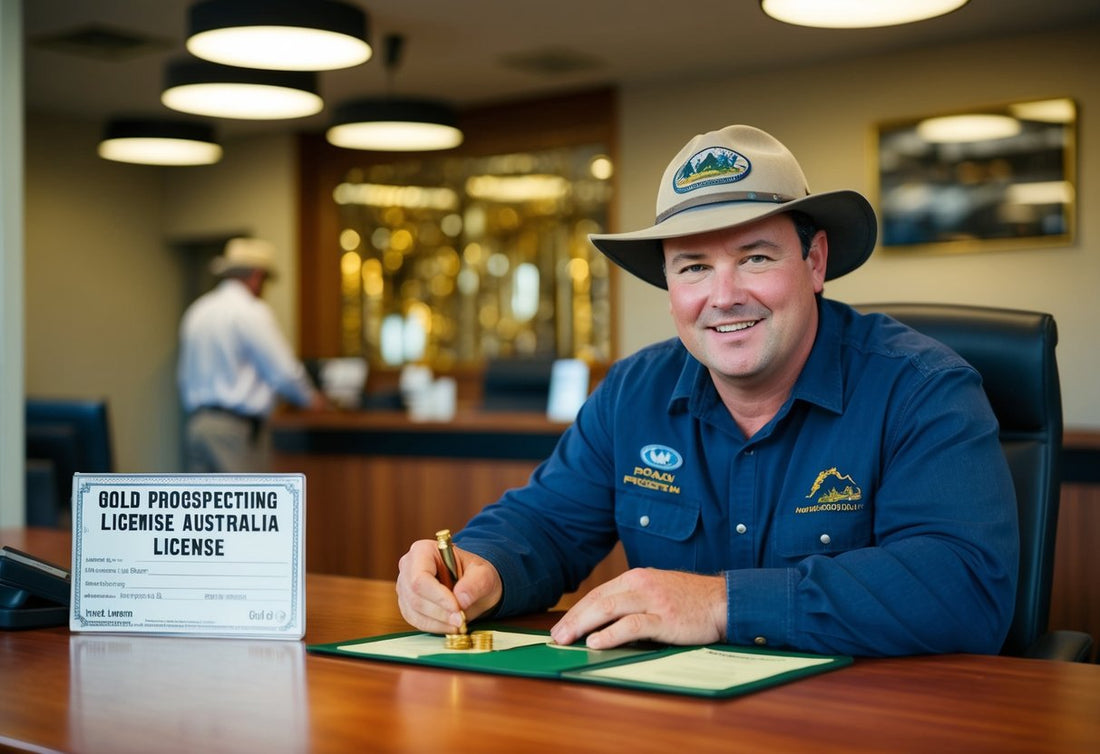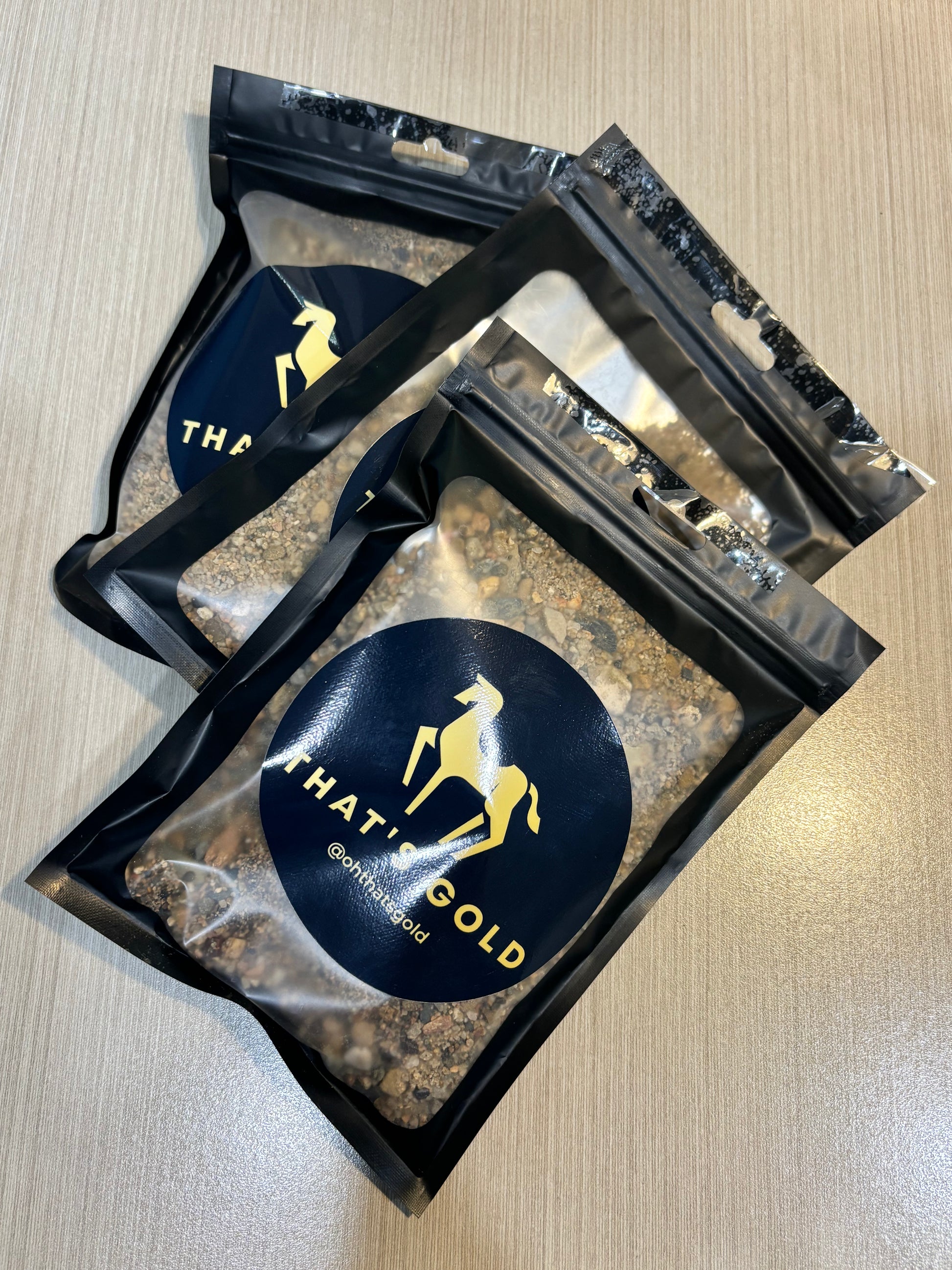In Australia, obtaining a gold prospecting licence is essential for anyone looking to explore or mine for gold legally. The cost of a gold prospecting licence varies by state and typically falls within a range that is manageable for both hobbyists and more serious prospectors. On average, expect to pay around $25 to $50 for a licence that typically lasts several years.

Prospecting licences not only grant the right to search for gold but also provide an avenue to apply for further mining permits if a valuable resource is found. Regulations can differ significantly between regions, so understanding the specific requirements in your state is crucial for a successful prospecting experience. The investment in a licence is a small price to pay for the opportunity to uncover Australia’s hidden treasures.
Obtaining a prospecting licence involves a simple application process, ensuring that both novice and experienced prospectors can navigate the legal requirements with ease. This ensures that responsible practices are upheld while fostering a love for gold prospecting across Australia.
Key Takeaways
- The cost of a gold prospecting licence typically ranges from $25 to $50.
- Licences enable prospectors to explore both Crown land and private property legally.
- Understanding local regulations is key to a successful prospecting venture.
Understanding Prospecting Licences in Australia

Prospecting licences in Australia are crucial for individuals and companies wishing to explore and mine for minerals. Various types of permissions exist, each governed by differing regulations depending on the jurisdiction.
Different Types of Prospecting Permissions
In Australia, several types of prospecting permissions allow mineral exploration and extraction.
-
Prospecting Licence: This permits an individual or corporation to explore an area up to five hectares. It is aimed at small-scale operations and allows the holder to apply for mining or retention licences later.
-
Miner's Right: Required in many states, this permits individuals to prospect for minerals. It grants broader access to land designated for mining activities.
-
Fossicking Permit: This is for amateur miners and allows individuals to search for gemstones and minerals in specified areas without a prospecting licence.
-
Exploration Licence: This is typically issued for larger areas and can last for years, allowing for comprehensive geological assessment.
Understanding these distinctions aids in identifying the correct licences needed for specific prospecting activities.
Jurisdictional Overview of Prospecting Licences
Regulations governing prospecting licences differ significantly across Australia. Each state and territory has its own set of laws, ensuring that prospectors comply with local requirements.
-
Western Australia: Prospecting licences may cover areas up to 200 hectares, with no limit on the number of licences a person can hold. A security deposit is often required.
-
Victoria: The area for prospecting is limited to five hectares. Licences are issued for a term of up to seven years, with specific guidelines to be followed.
-
Northern Territory: Offers a Section 40E Permit, particularly for tourist activities, enabling fossicking in popular locations.
These regional variations highlight the importance of knowing local laws before engaging in mineral exploration activities.
Gold Prospecting on Crown Land and Private Property

Understanding the regulations around gold prospecting on Crown and private land is essential for enthusiasts. Different states have specific rules, and obtaining the right approvals ensures a legal and successful prospecting experience.
Prospecting on Crown Land
In Australia, prospecting on Crown land requires adherence to strict regulations. In New South Wales, individuals must obtain a fossicking licence and may also need consent from the land manager, especially if the Crown land is occupied or managed by another authority.
In Queensland, gold prospectors can explore designated areas on Crown land without special permission, provided they have the necessary permits. It is critical to check specific requirements and boundaries through resources like NSW State Forest or the relevant Queensland government sites.
In Victoria, permits are needed for prospecting in certain parks and reserves managed by Parks Victoria. Each state maintains detailed guidelines to protect the land and the environment.
Prospecting on Private Land
Prospecting on private land introduces additional considerations. It is vital for prospectors to obtain explicit permission from the landowner before any activities begin. Failing to do so may lead to legal repercussions.
In New South Wales and Victoria, prospectors must also ensure that their activities do not interfere with any existing land use agreements the landowner may have. In Queensland, while consent is often easier to obtain, it still varies by landowner and specific property conditions.
Prospectors should communicate clearly with landowners regarding their intentions and ensure they understand the regulations that can apply even on private land. Clear agreements help avoid misunderstandings and preserve good relationships.
Cost and Duration of Prospecting Licences
Understanding the cost and duration of prospecting licences is essential for individuals and groups interested in gold prospecting. These factors can vary significantly across different states and territories in Australia, impacting the overall expense and planning involved in the prospecting process.
Prospecting Licence Fees across States
The fees for prospecting licences differ among Australian states. For example, in Western Australia, individuals must pay approximately $25 for a prospecting licence. In South Australia, the fee is around $50. Northern Territory imposes a fee of about $100 for initial licencing, while Tasmania offers a competitive fee of $20.
In addition to these fees, some regions require a 40E permit, which may add extra costs depending on the area's regulations. It is crucial for prospectors to check local legislative requirements, as these can affect overall expenses. Researching the pertinent state regulations ensures compliance and helps avoid unnecessary fines.
Licence Duration and Renewal
The duration of a prospecting licence also varies by state. In general, these licences are typically granted for a period of one to five years.
In Western Australia, a prospecting licence can last up to seven years, while in South Australia, it is usually valid for up to two years before requiring renewal. The Northern Territory offers licences valid for one year, with an option for renewal upon application.
Renewal fees can also differ, so prospectors should be prepared for additional costs. Failure to renew a licence before the expiry date may lead to penalties or loss of access to valuable prospecting sites. Understanding these timelines is crucial for maintaining compliance and maximising the prospecting opportunity.
The Process of Obtaining Prospecting Licences
Obtaining a prospecting licence in Australia involves specific procedures and guidelines set by various authorities. Understanding these steps is crucial for individuals interested in recreational prospecting or small-scale mining.
Application Procedures
To apply for a prospecting licence, applicants must first determine the relevant legislation in their state. Each state has its own requirements, typically outlined in mining acts or resources management legislation.
The application process usually involves filling out specific forms, which may require detailed information about the proposed prospecting area. Applicants must clearly mark the area on a map, ensuring it does not exceed the size limits—generally less than 5 hectares.
Fees vary by state and can also depend on the duration of the licence, which may be issued for terms of up to seven years.
Once submitted, the application will be reviewed by the appropriate licensing authority, which may conduct an assessment of the area for environmental and resource considerations.
Licensing Authorities and Contacts
In Australia, the responsibility for issuing prospecting licences typically falls to state-specific authorities. Each state has its own mining registrar or equivalent office, overseeing mineral licensing.
For instance, in Victoria, the licensing authority is the Department of Energy, Environment and Climate Action. They provide guidelines in documents such as the prospecting licence application kit.
Applicants can also find contact information for local offices through respective state resources websites. Engaging with these authorities early in the process can provide clarity on requirements and facilitate a smoother application process.
Equipment and Techniques for Prospecting
Effective gold prospecting requires a blend of specialised equipment and established techniques. Understanding the appropriate tools can greatly enhance the chance of locating valuable minerals, such as gold and gems, while ensuring compliance with local regulations.
Using Metal Detectors and Panning
Metal detectors are essential for modern prospectors. They range in sensitivity and can locate gold nuggets buried deep in the ground. Many detectors are specifically designed for gold prospecting, with features like discrimination settings to filter out unwanted metals.
Panning is another fundamental technique. It involves using pans to sift through gravel and sediment in streams. A good pan, when used properly, can help prospectors separate gold from other materials. This method is often chosen for its simplicity and effectiveness, especially in tourist fossicking areas.
Both techniques can be complementary, allowing prospectors to maximise their chances of success while exploring various landscapes.



